Best cameras
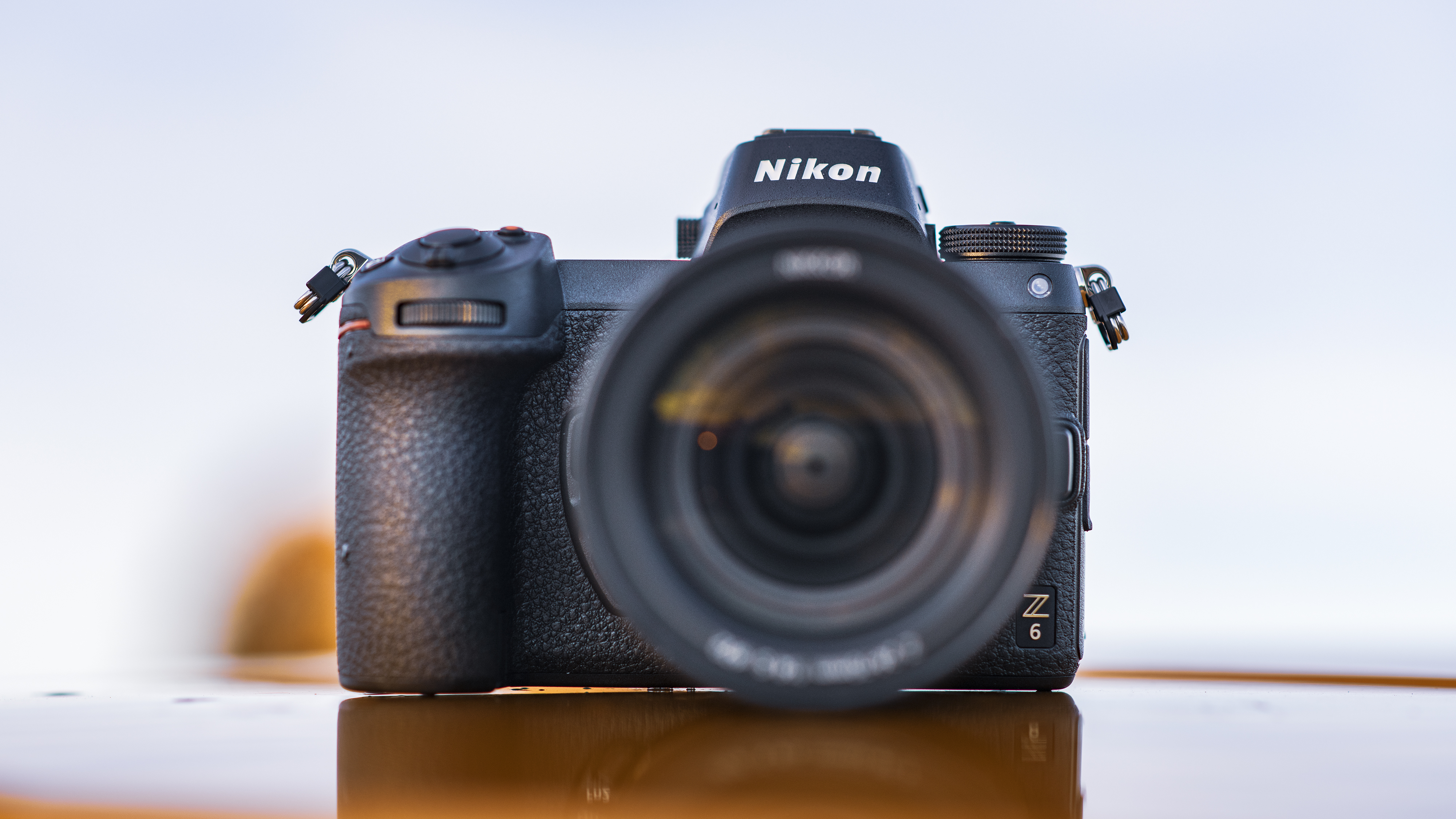
All cameras are a compromise. Finding the best camera for you is a process of discovering which balance of strengths and compromises suits your style of photography. For example, there's no point buying a big, powerful full-frame beast if you're mainly looking to do hobbyist travel photography.
Beginners looking to learn manual shooting, meanwhile, are better off with a mirrorless camera or DSLR that offers easy access to these physical controls, rather than a touchscreen-based premium compact.
We've taken all of these nuances into consideration when compiling our top ten list below. Just want to know what we think the best camera is right now for most people? That's the Nikon Z6. It's small, light and relatively affordable for a full-frame camera. And while it's only compatible with a handful of native lenses, you can use hundreds more through an adapter.
We've rounded up the very best options across the three main categories: DSLR, mirrorless and compact. Each camera stands out in some way. That might simply be because it's the best camera in its category, or because it offers great value. Or perhaps it has a unique, ground-breaking feature.
That means that while many of these cameras are new, some are older models that have now dropped in price to tempting levels. Newer isn't always better, particularly if there's only been a marginal increase in performance and a disproportionately high increase in price. But you don't need to worry about that, as we've cherry picked both new and older models that have proved themselves worthy.
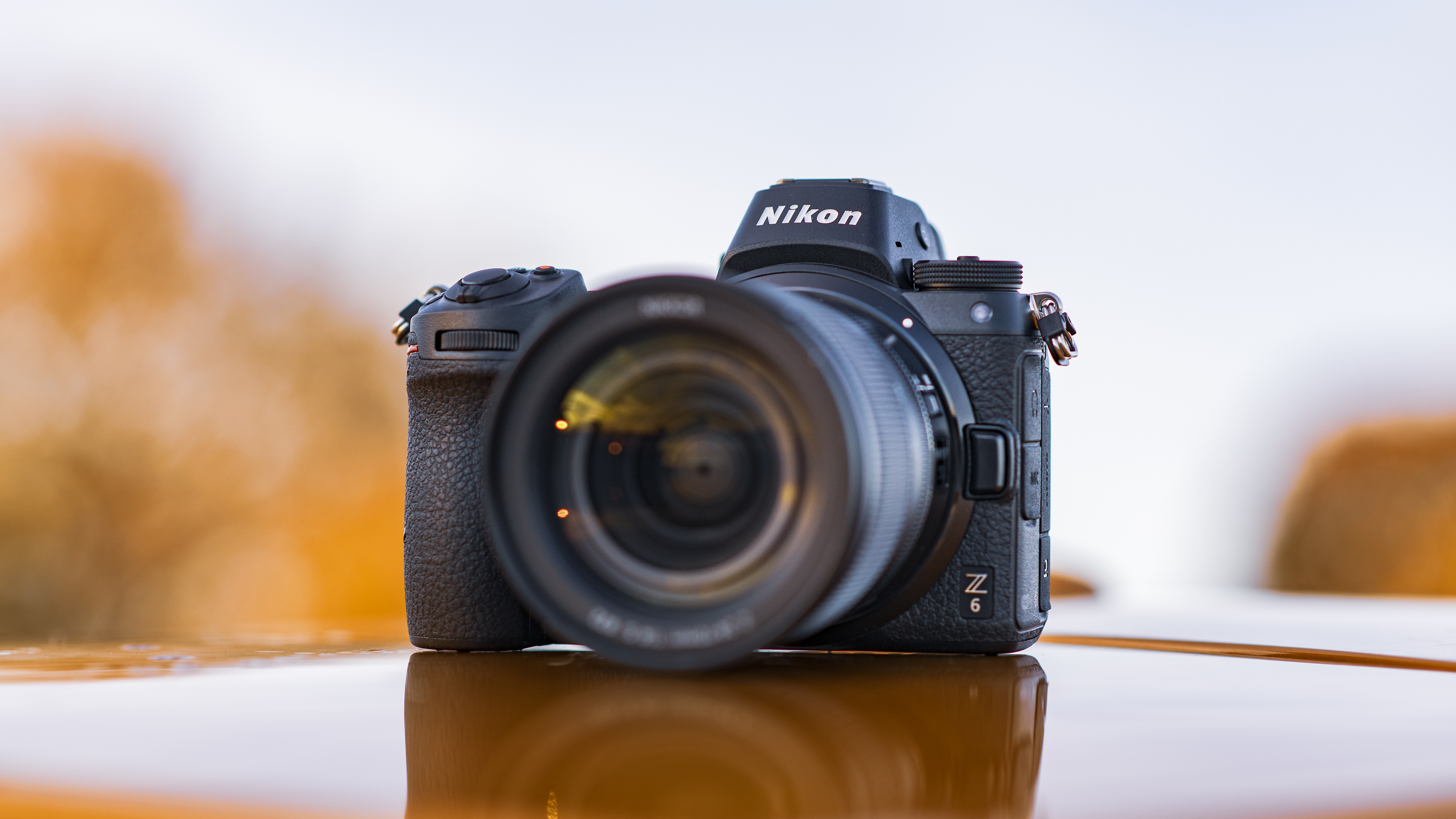
Nikon Z6
Specifications
Reasons to buy
The Z6 is out pick for the best camera money can buy. Being a fantastic all rounder with superb handling, there's nothing yet which beats it in terms of versatility, usability and affordability. The Z6 combines both excellent stills and 4K video quality with everything else that's key for a full-frame mirrorless camera. That means we get a lightweight and compact body that still manages to handle beautifully on account of a substantial and ergonomically designed grip. There's also a sharp and crisp 3.69-million dot viewfinder along with a responsive, and tilting touchscreen. The native lens range for the Z mount is expanding rapidly, but if there's something you need that's not covered then you can use F-mount optics via the optional FTZ adapter ($245 / £270 / AU$180). We've also been treated to features such as Eye AF for the past few months, which helps it to compete even more strongly against Sony's Alpha line. We love the Z6 – though the Sony A7 III (see below) isn't too far behind it.

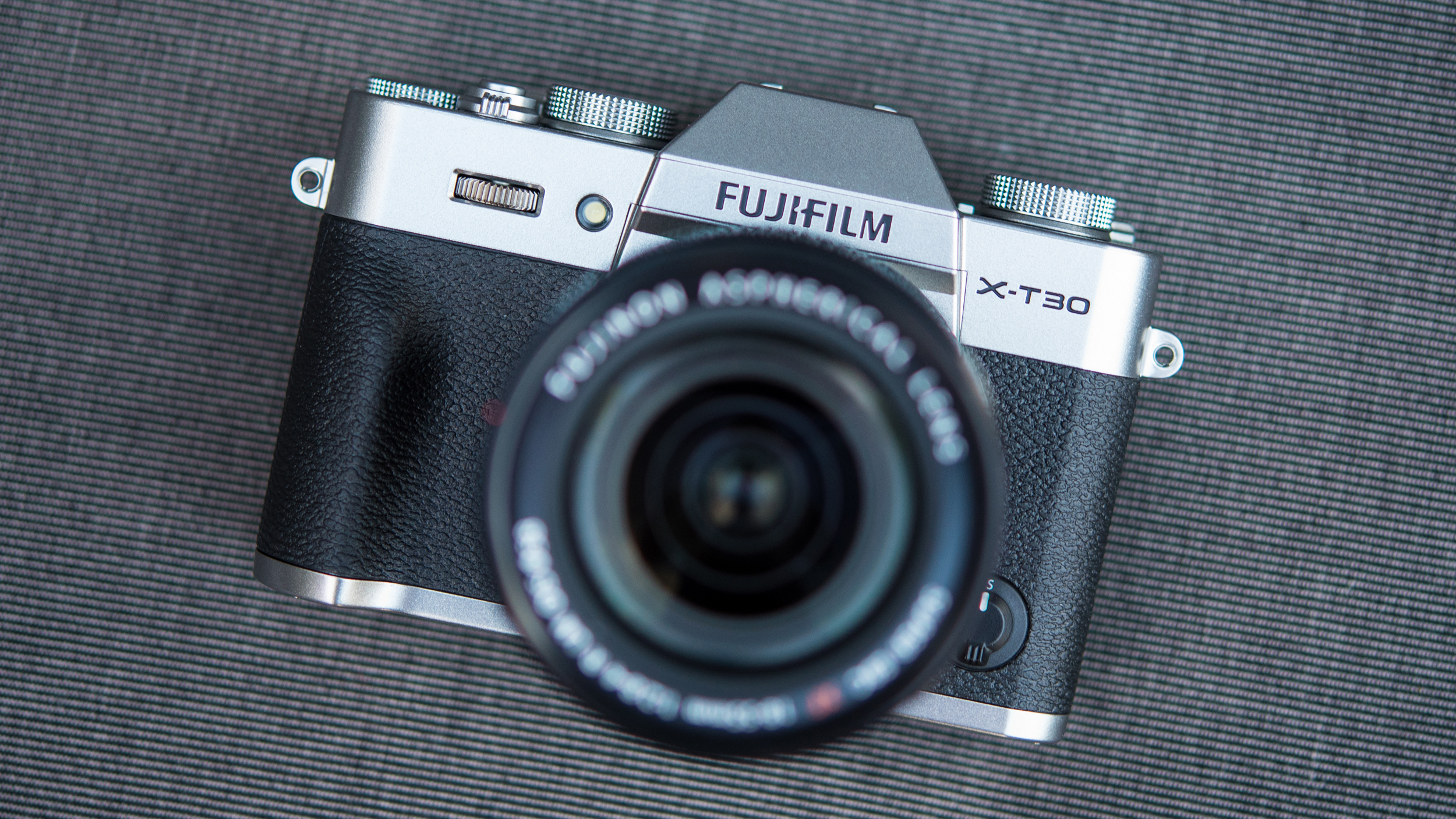
Fujifilm X-T30
Specifications
Reasons to buy
Fujifilm's X-T3 may still one of the most capable APS-C mirrorless cameras around, but that fact that the company managed to incorporate so much of its tech inside the smaller and cheaper X-T30 makes this our recommendation for most people. A solid 26.1MP X-Trans CMOS 4 sensor, popular Film Simulation modes, excellent 4K video capabilities and a hybrid AF system with 425 phase-detect AF points stand out as highlights from its strong spec sheet, while improvements to overall speed and face/eye detection (with more to come via scheduled firmware updates) make for a slightly more polished performance over the previous X-T20. Our only gripe is the small viewfinder magnification, but there's enough handling prowess to still make it one of the best APS-C options out there. Hot on its heels is the newly-announced Nikon Z50, which may just push the X-T30 out of this list once we've had chance to test it properly.
Sign up for breaking news, reviews, opinion, top tech deals, and more.

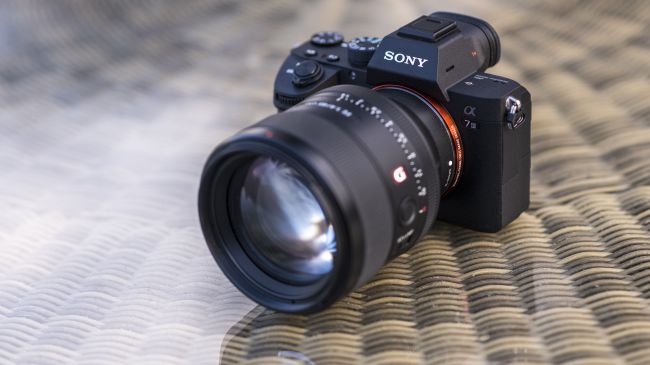
Sony A7 III
Specifications
Reasons to buy
We love the A7 III. The original A7 and A7 II showed Sony was moving in the right direction and making all the right noises. But despite being over 18 months old, it's this third iteration that still stands out in the full-frame mirrorless market. The core of the camera – namely a 24MP full-frame sensor, 4K video, sensor-based image stabilisation, 10fps burst shooting and a 693-point hybrid AF system – is strong enough, but with two card slots and a 710-shot battery life on top of that, you're getting excellent value for money as well as top performance. We have some reservations with the viewfinder and weather-sealing, but this is still one of the most versatile cameras around right now, mirrorless or otherwise.

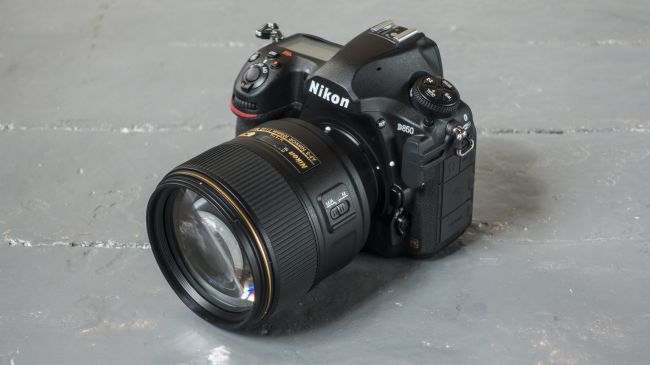
Nikon D850
Specifications
Reasons to buy
You'd be forgiven for thinking that mirrorless is the only option right now for class-leading tech, but the Nikon D850 still manages to hold its own as one of the best cameras on the market. It has a well-rounded feature set which means it appeals to a diverse range of users, particularly those who are already heavily invested in the DSLR space. If you need high resolution, it's got it with a 45MP full-frame sensor. If you need speed, it has that too with a 7fps burst shooting option which can be boosted to 9fps with a battery grip. OK, that's reasonably modest compared with the likes of the 20fps Sony A9 II, but it's still good enough for capturing most kinds of action. On top of that you also get 4K video recording options, as well as a rugged body protected against inclement weather. One feature which is definitely king over its mirrorless rivals is battery life – with a massive 1800 frames per charge, you shouldn't need to worry about the camera dying in the middle of the decisive moment.


Olympus OM-D E-M10 Mark III
Specifications
Reasons to buy
While the main specification of the OM-D E-M10 Mark III doesn't offer a huge upgrade from the Mark II, Olympus has refined and tweaked one of our favorite mirrorless cameras to make it an even more tempting proposition for new users and enthusiasts alike. Sure, the Micro Four Thirds sensor is smaller than the competition, and its 16MP resolution may seen a little behind the times too, but don't let this put you off. Sensor-based image stabilization, something many cameras at this level don't offer in favour of lens-based stabilization, is a huge plus and very effective too, while 4K video recording and 8.6fps burst shooting are also very competitive. The fact that you can use it with so many excellent and compact Micro Four Thirds lenses only adds to its charms. The recently announced Olympus OM-D E-M5 Mark III, which we'll be testing soon, may become our preferred Micro Four Thirds option, but until now this more affordable model remains a great choice for beginners and travelers.

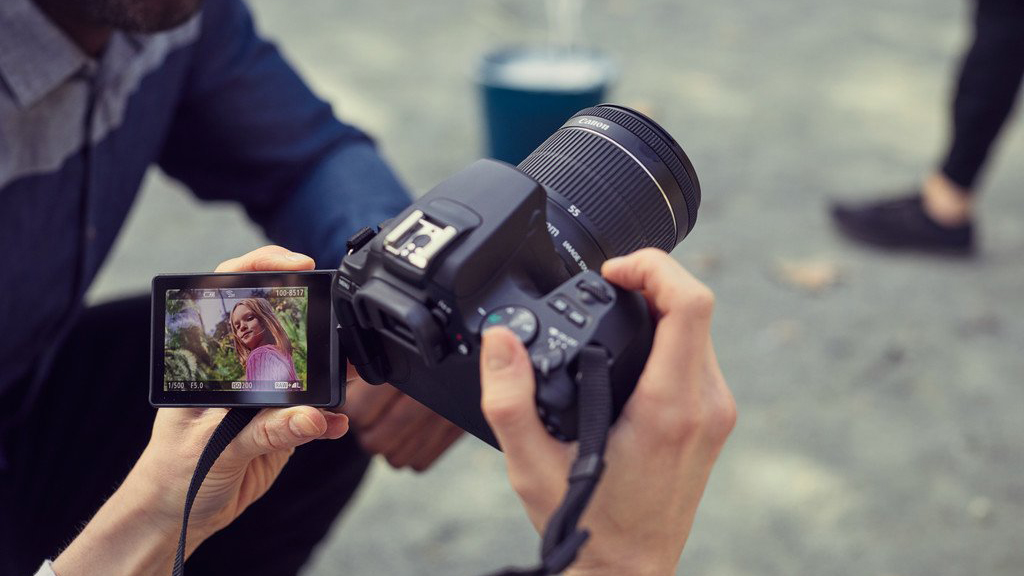
Canon EOS Rebel SL3 / EOS 250D
Specifications
Reasons to buy
The best two beginner DSLRs we've seen recently are the Nikon D3500 and Canon Rebel SL3 / 250D. While the former wins out for value, for this list we've gone for the slightly pricier 250D. Having the rather dubious moniker as the world's smallest DSLR with a fully-articulating screen, the 250D is still a great option to learn with. Thanks to that screen, it's also a decent option for vloggers or video fans. Being an upgrade from the popular 200D, it brings with it some new features such as 4K video recording and a new processor. If your budget is limited and you don't need 4K video, the older SL2 / 200D is a good option, putting the cash you save towards a new lens. If you're new to a "proper" camera, the 24.2 megapixel sensor of the EOS 250D will give your photography a good step-up, while the fluid AF system comes into play when shooting live view and videos. There's also an easy-to-understand interface, which is great for those who are just starting out. The number of lenses available for Canon's EF mount is almost endless, while accessories are also numerous.


Panasonic Lumix ZS200 / TZ200
Specifications
Reasons to buy
Panasonic keeps hold of its best travel-friendly compact camera title with the Lumix ZS200 (known as the Lumix TZ200 outside the US). It pairs a large 1.0-inch sized sensor with a flexible 15x optical zoom lens in a package which is just on the right side of affordable (an area where Sony's RX100 series falls down). There's a built-in electronic viewfinder which you can use in bright conditions if the touch-sensitive screen is difficult to see. Other useful features include 4K video recording, as well as Panasonic's 4K Photo modes which enable you to extract 8MP images of fleeting moments. There are undoubtedly more powerful pocket-friendly compacts currently on the market – if you have very deep pockets, then the Cyber-shot RX100 VII is the best available. For most ordinary people who don't have such enormous budgets, the ZS200/TZ200 is the much more sensible option.

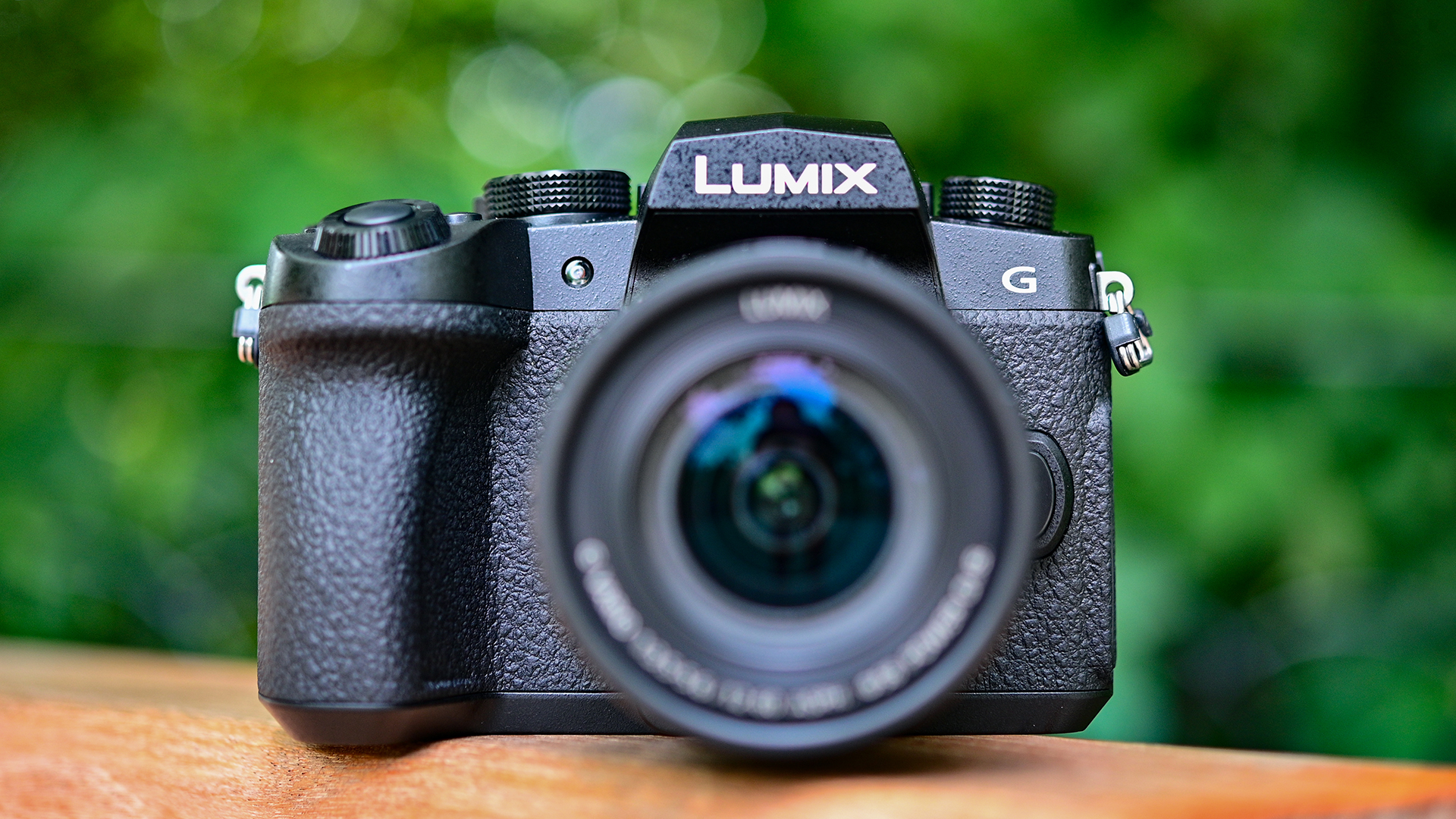
Panasonic Lumix G95 / G90
Specifications
Reasons to buy
If you're looking for a solid all-rounder and like to shoot video as well as stills, the G90 / G95 is a great option. Inheriting a lot of features from both the G85 and the video-orientated GH5S, this is a camera which manages to cram a lot into its relatively small body. The design is well-considered which means the G90 / G95 handles very well, while Micro Four Thirds lenses are so small that the overall system is very neat and compact. For video shooters, there's 4K video with V-LogL profile, in frame rates including 24p, 25p and 30p, while Full HD recording is up to 120fps in the High Speed Video mode. Microphone and head-socket ports also round out the video-centric features, but stills shooters needn't feel left out either as it's also very capable in that area too.

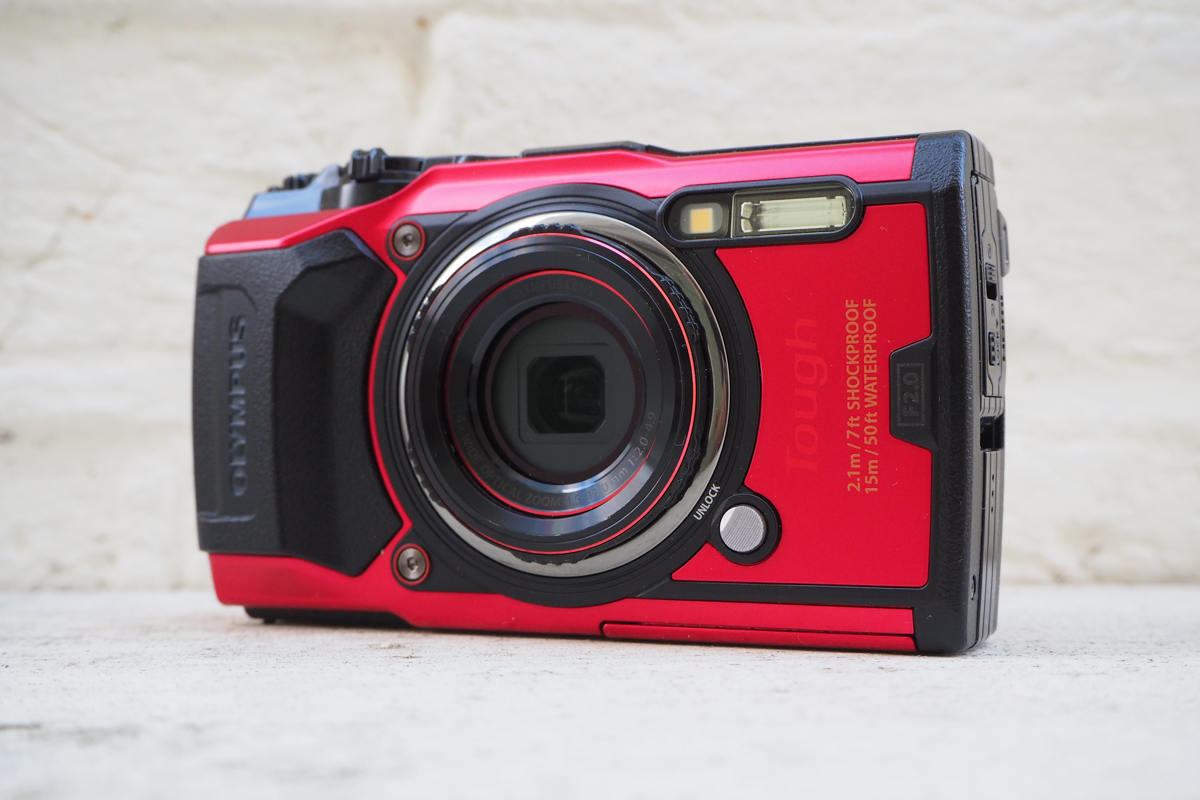
Olympus Tough TG-6
Specifications
Reasons to buy
If you're looking for a waterproof camera that can venture into places that your smartphone daren't tread, then the TG-6 is the best option around. Olympus has done a lot to impress with its TG range over the years. While the TG-6 represents a fairly modest upgrade from its predecessor (the TG-5), it's still the go-to name for a tough or underwater compact camera option. Designed to throw anything you can throw at it – sometimes quite literally – the TG-6 is waterproof down to 15 meters, crushproof to weights of 100kg, and drop-proof from heights of 2.4m. it can also be used in temperatures as low as -10°C. Combine all that with a camera that can shoot in raw format, record 4K video 30p or high-speed footage at 120p in Full HD and you've got something very appealing indeed. For underwater photographers, there's some new underwater modes, but if you're mainly working on land, you'd do well to consider the older TG-5 model to save some cash.

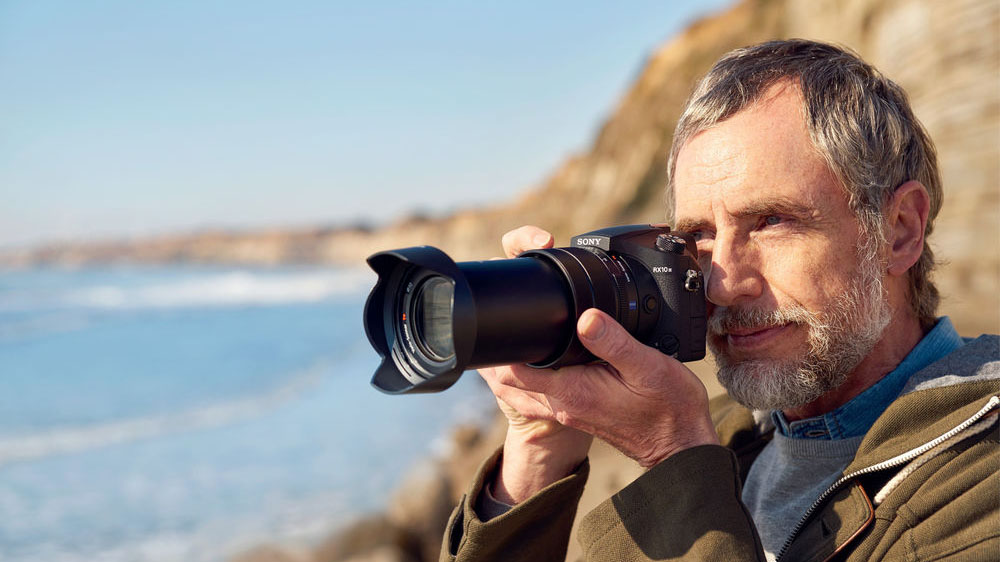
Sony RX10 III
Specifications
Reasons to buy
A bridge camera combines the flexibility of a bag of lenses with the convenience of a single body. The RX10 III is the third bridge-style superzoom in the popular RX10 line, and while it's been succeeded by the newer RX10 IV, we reckon the great spec sheet and lower price of the RX10 III makes more sense for most people. Thanks to its large, high-quality 1-inch sensor and image-stabilized 24-600mm-equivalent zoom lens, it's one of the best DSLR alternatives for those that need a massive focal range. Excellent 4K video capabilities and 14fps burst shooting show it to be more than capable when faced with moving subjects too. Too expensive? The previous RX10 II is still available (although its lens has a more modest 24-200mm scope), and Panasonic's competitively priced FZ1000 is another stellar option.

Mark is TechRadar's Senior news editor. Having worked in tech journalism for a ludicrous 17 years, Mark is now attempting to break the world record for the number of camera bags hoarded by one person. He was previously Cameras Editor at both TechRadar and Trusted Reviews, Acting editor on Stuff.tv, as well as Features editor and Reviews editor on Stuff magazine. As a freelancer, he's contributed to titles including The Sunday Times, FourFourTwo and Arena. And in a former life, he also won The Daily Telegraph's Young Sportswriter of the Year. But that was before he discovered the strange joys of getting up at 4am for a photo shoot in London's Square Mile.